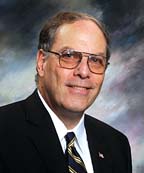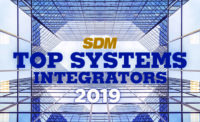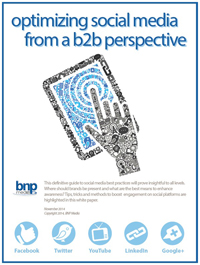
SDM: What are the Systems Integration Industry Group's, or SIIG's, goals in the area of communication standards?
Nuffer:There are three specifics. We're revising the Wiegand standard because our sense was that it was getting outdated. Wiegand is critical in the integration world because it's still one of the most common, albeit primitive, communication standards.There is also a new working group that was just established that has been named the IP working group. The IP working group will focus on security event communication via the Internet.
And there is also an ad hoc subcommittee under the Technical Standards Committee that is setting up standardized data modeling.
Most access control readers still only talk Wiegand. The most ubiquitous support a 26-bit standard format as presently documented in AC-01, but now with the advent of FIPS 201 and related government requirements, Wiegand may be called upon to send up to 485 bits - and you also need backward compatibility.
SDM: What about the IP working group?
Nuffer:A very large number of burglar alarm manufacturers offer TCP/IP communication options, sometimes as an external add-on, sometimes built-in. It's a bit like what we saw 30 years ago, when manufacturers provided a "Babel" of protocols for digital alarm monitoring over a phone line. Our belief is that the market will reward those manufacturers who comply with these standards. The days of manufacturers dictating proprietary standards are passing.When you buy an access control panel and a burglar alarm panel, which usually are two separate pieces of equipment, we would like both spec sheets to have very well-defined compatibility data. Thus the integrators, consultants and end users can readily determine cross-manufacturer compatibility. This is also becoming incredibly important for the government in its accelerating Homeland Security initiatives.
SDM: That leads us into the data modeling committee.
Nuffer:This group is working from the most fundamental level on up on how to describe data elements in a fashion that the IT world will find acceptable. An example of a data element is an event, such as "door open" or "here comes a CCTV input" or "here's the credential number for John Doe."You can take the original SIA Digital Communicator Standard and hand it to an IT person and they'll say they don't want to deal with this. One of SIA's big efforts is to develop standards in a fashion so they talk the IT language. We're trying to, at a minimum, be aware of what's happening in the IT world so what we do doesn't conflict and we want to make sure the IT folks don't establish their own security event standards in a fashion that limits SIA's members and their customers. We have encouraged IT participation and we have some representation from the IT world. And we're quite willing to accept IT standards where they exist and, as appropriate, embed them in our standards.
Participation in SIA's standards activities is governed by ANSI requirements and
is open to all interested parties whether or not they are members of SIA. For more information about existing standards and standards committees, visit SIA's web site: http://www.siaonline.org/response.asp?c=stds_signup&r=1024. You can also contact SIA standards staff at (703) 683-2075 or email: standards@siaonline.org.




